1970s
Metric Lunch Box
Imagine the insults suffered by the dweeb forced by well-meaning parents to carry this lunch pail to school.The objects children take to school can communicate messages. In the 1970s, the U.S. government encouraged more general use of the metric units of weight and measure, units that had been adopted in almost all other nations. To teach children about metric units, some parents purchased this lunch box.
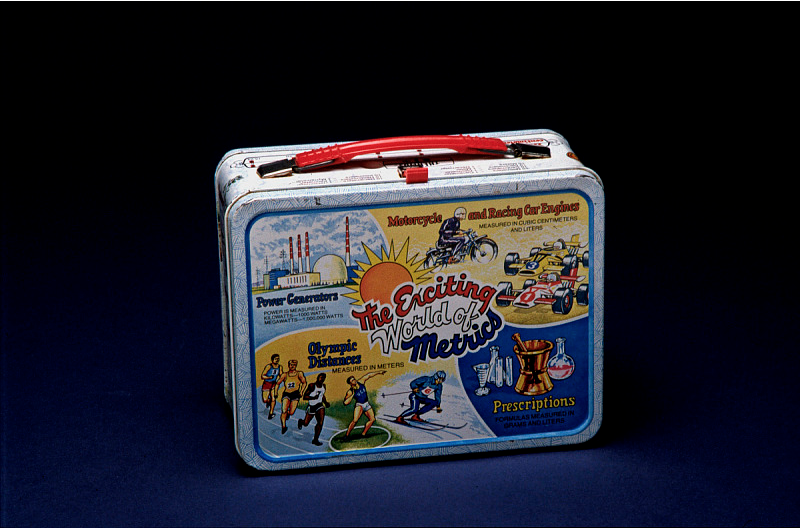
Source.
Posted By: Paul - Wed Dec 23, 2020 -
Comments (1)
Category: Food, Government, Science, Bullying, Harassment, Outsiders, Persecuted, and Excluded Groups, Children, 1970s
Panasonic Radio *PLUS* Calculator
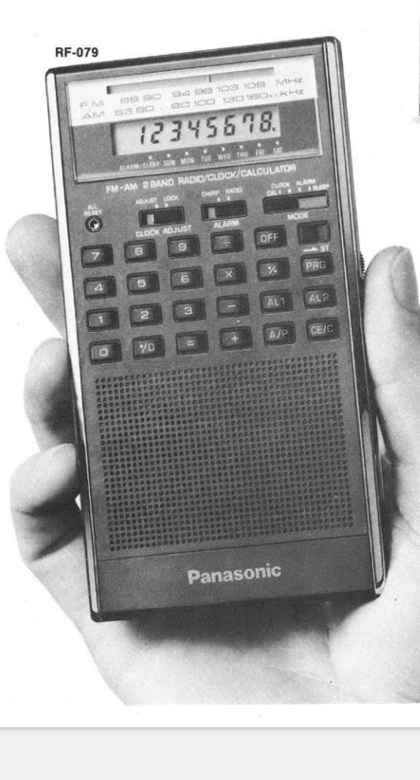
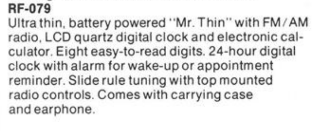
Entry at Radio Museum.
Posted By: Paul - Fri Dec 11, 2020 -
Comments (1)
Category: Excess, Overkill, Hyperbole and Too Much Is Not Enough, Inventions, Chindogu, Technology, 1970s
Nude woman thought she was a camel
Assuming this woman was telling the truth, and she really thought she was a camel, then her case would be an example of the very rare condition known as clinical zoanthropy. That is, the belief that one has turned into an animal.We've posted about this condition before, in the case of the woman who thought she was a chicken.
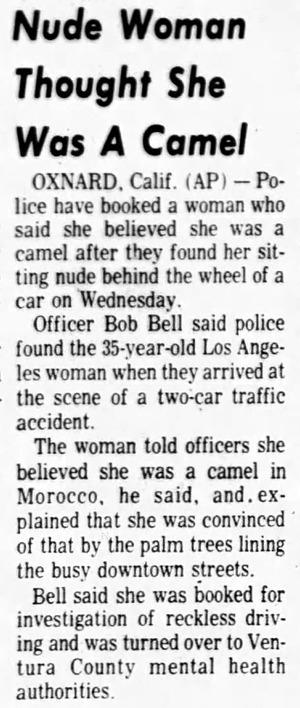
Alabama Journal - Feb 27, 1976
I thought the woman might have been inspired by Joe Camel, but it turns out he was only introduced in 1987.

image source: Band of Artists
Posted By: Alex - Wed Dec 09, 2020 -
Comments (3)
Category: Animals, Psychology, 1970s
The Singing Wastebaskets
Posted By: Paul - Mon Dec 07, 2020 -
Comments (0)
Category: Business, Advertising, Corporate Mascots, Icons and Spokesbeings, Surrealism, Junk Food, 1970s, Cacophony, Dissonance, White Noise and Other Sonic Assaults
Bigfoot and Wildboy
The Wikipedia page.
Posted By: Paul - Sun Dec 06, 2020 -
Comments (2)
Category: Cryptozoology, Family, Ineptness, Crudity, Talentlessness, Kitsch, and Bad Art, Television, 1970s
Farrah’s Glamour Center
Part of the 'Farrah mania' of the late '70s.In 2011, it became part of the Smithsonian's popular culture history collection.

Posted By: Alex - Fri Nov 27, 2020 -
Comments (0)
Category: Celebrities, Toys, 1970s
John Cage’s “Inlets”
I can almost smell the burning pine cones!
Full explanation and history here.
Posted By: Paul - Fri Nov 27, 2020 -
Comments (0)
Category: Music, Avant Garde, 1970s, Cacophony, Dissonance, White Noise and Other Sonic Assaults
Le Bellybutton
A forgotten moment in post-HAIR theater.'Nudie' musicals presented nudity onstage in a way that said 'sex is beautiful and natural and fun and there's no need to be afraid of it'. Unlike XXX theatre, Peep shows, and sex clubs, sex in these musicals was always simulated, never real. These musicals validated the sexual revolution happening outside with shows like Hair, Oh! Calcutta!, Stag Movie, Let My People Come, Le Bellybutton.
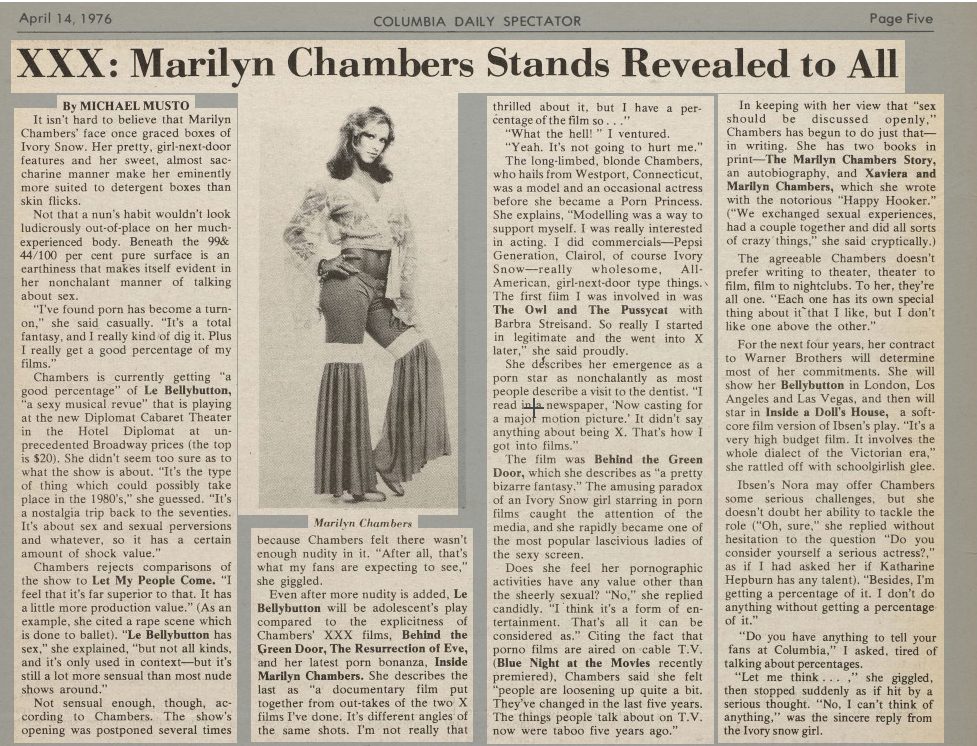
Article source.
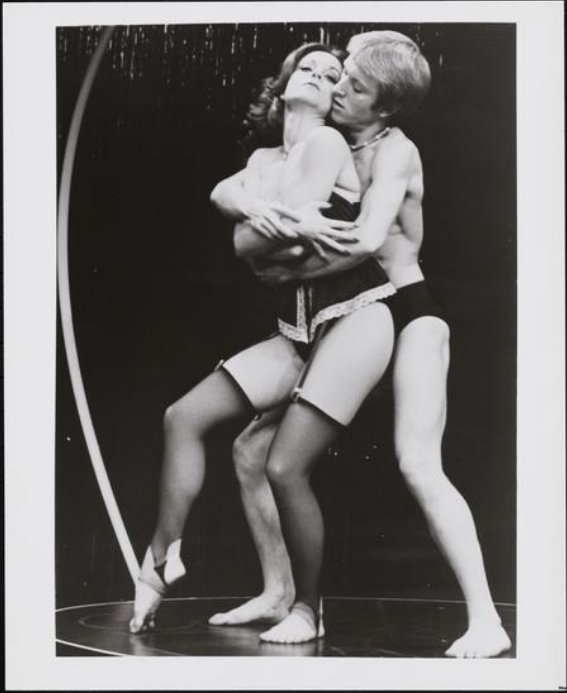
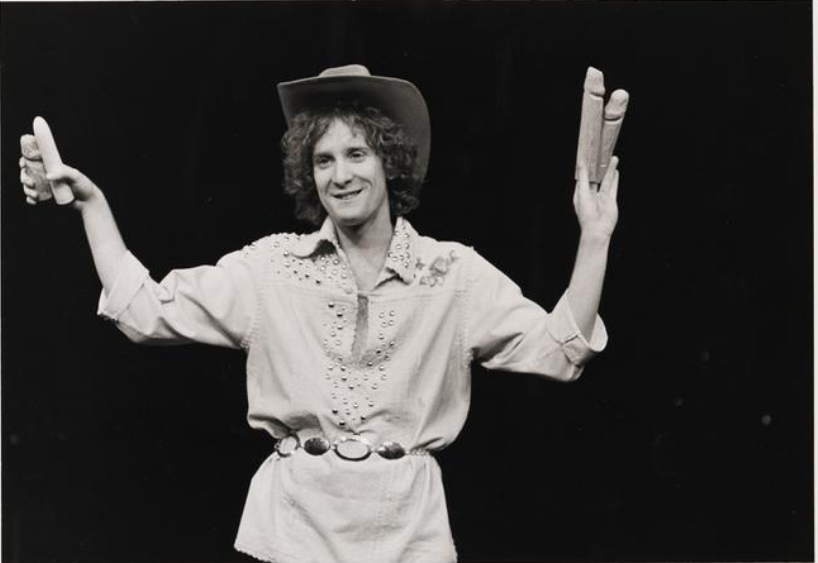
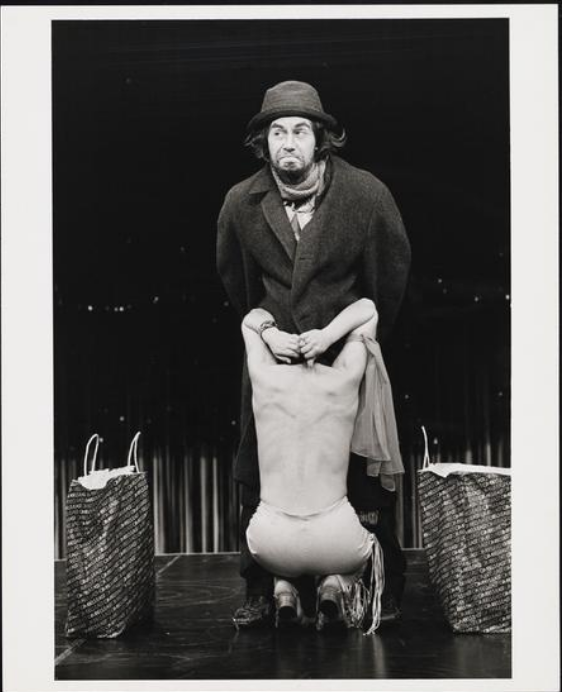
More photos here.
Posted By: Paul - Sat Nov 07, 2020 -
Comments (0)
Category: Regionalism, Sexuality, Theater and Stage, 1970s
A Horse with No Name in Latin
Posted By: Paul - Tue Oct 27, 2020 -
Comments (2)
Category: Animals, Humor, Parody, Languages, Music, 1970s
Mini skirts for road safety
1970: Liverpool officer Lionel Piper urged young women to wear mini skirts. In the interests of road safety. Sure, that was it... road safety!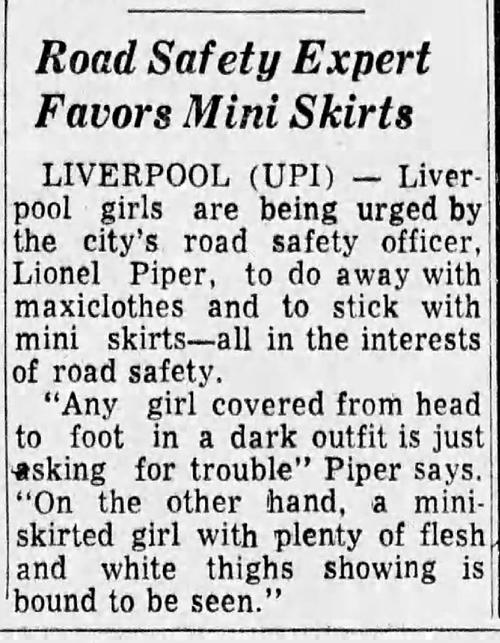
The Hackensack Record - Jan 14, 1970
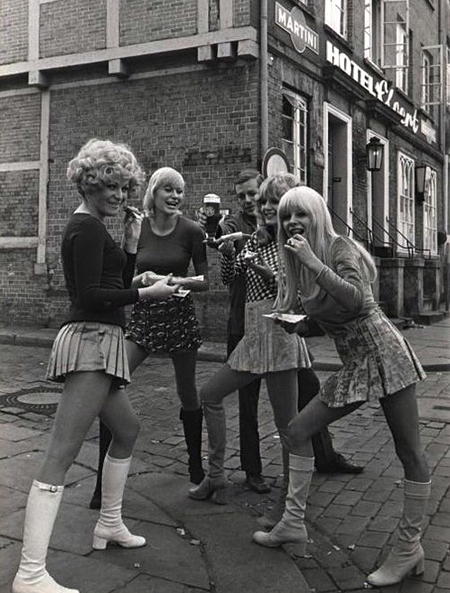
Young women in the 1970s dressed for road safety
Posted By: Alex - Mon Oct 26, 2020 -
Comments (3)
Category: Fashion, Highways, Roads, Streets and Traffic, 1970s

| Who We Are |
|---|
| Alex Boese Alex is the creator and curator of the Museum of Hoaxes. He's also the author of various weird, non-fiction, science-themed books such as Elephants on Acid and Psychedelic Apes. Paul Di Filippo Paul has been paid to put weird ideas into fictional form for over thirty years, in his career as a noted science fiction writer. He has recently begun blogging on many curious topics with three fellow writers at The Inferior 4+1. Contact Us |




